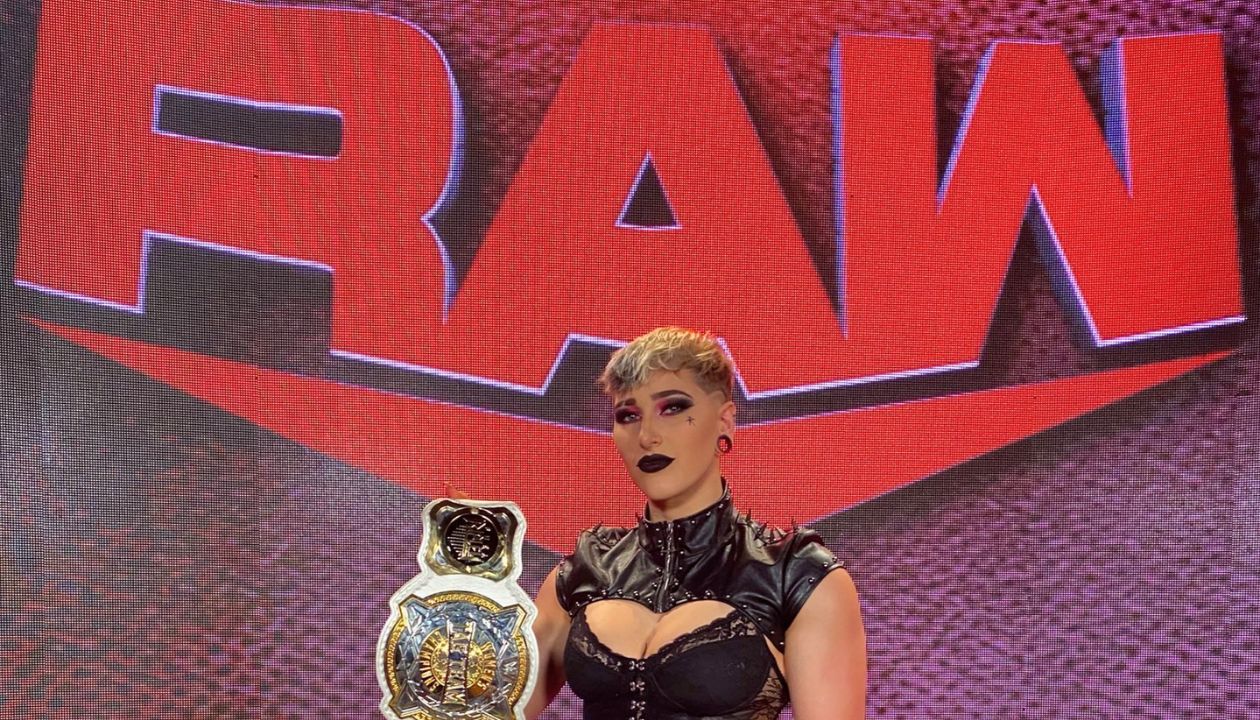WWE Summer Ratings: A Varied Collection
Summertime is always a difficult time for television ratings since people prefer to spend their time outside rather than watching their favorite shows. Over the past four months, WWE has maintained pretty respectable viewership despite this seasonal decline. “WWE SmackDown” last Friday held its own in the ratings, and it was not an anomaly. But the numbers from this week’s “WWE Raw” show paint a different picture—the program had its lowest audience since June 10.
Wrestlenomics reports that the Monday “WWE Raw” program had an average viewership of 1,641,000 and a 0.50 rating in the highly sought-after 18-49 age group. These results show the ebb and flow of WWE’s summer ratings, even if they are still respectable from the perspective of cable television. They also show a considerable decline from the previous week.
What Caused the Ratings Drop?
Concern should be expressed about the decline in ratings, especially in the 18–49 age group, where there was a notable 21% drop from the previous week. The number of viewers overall fell by 13%. These numbers contrast sharply with the upward trend WWE had earlier in the quarter when ratings increased by 5% overall and 14% in the 18–49 age group as compared to the same time the previous year.
What then caused this downturn? Although it’s challenging to identify a single cause, a few options come to mind. A possible culprit is the ongoing Democratic National Convention, which dominated Monday night’s cable ratings. Only CNN’s coverage of the incident was ranked higher on cable that evening than “Raw.” The convention probably attracted fewer viewers than typical for WWE because of its politically charged environment and well-known speakers.
Quarter-Hours Rated: A Benefit?
On Monday’s show, there were several positive moments despite the general downturn. In addition to offering a more detailed picture of viewer involvement, the quarter-hour ratings also reflect which parts of the show had a greater impact on viewers.
The night’s most memorable part had CM Punk and Drew McIntyre, who have a fierce feud. With an average viewing of 1.8 million, the quarter-hour at 9 p.m. that featured their part had the greatest viewership of the evening. With 744,000 views, the segment was well received in the 18–49 demographic as well. Notably, Dominik Mysterio and Liv Morgan were featured in a backstage segment during this quarter-hour, which perhaps helped explain the increase in viewers.
Damian Priest and Rhea Ripley: Consistent Artists
Even though CM Punk and Drew McIntyre’s segment received the greatest ratings on television, Damian Priest and Rhea Ripley also had excellent performances. Viewership for two of the Ripley and Priest portions increased significantly, suggesting that the public is still drawn to their plot.
It’s interesting to note that although the Punk-McIntyre part performed exceptionally well on TV, it wasn’t as successful online. Compared to the live part with Ripley and Priest, the highlights from their section received fewer than one-third of the views on YouTube. The difference in the number of viewers between the WWE on television and online indicates that various audiences are interacting with the show in different ways. For example, some fans would rather use social media and YouTube to rewatch important moments than watch the show live.
The Value of the 18–49 Age Group
For good reason, the 18–49 age group is frequently referred to as the “key demo” in television. This demographic is highly valued by advertisers and plays a crucial role in a show’s financial success. Though it was lower than prior weeks, WWE has typically done well in this group, and Monday’s 0.50 rating still shows a good level of engagement.
But the 21% decline from the previous week is a glaring indication that WWE has to consider the material it is putting out and how well it connects with this demographic. It will be critical to make sure that the company’s narratives and characters reflect the interests and preferences of the 18–49 age group as it develops them further. As WWE gets ready for its upcoming big show, Bash in Berlin, where the stakes will be even higher, this is very crucial.
Digital Watching: An Expanding Pattern
As previously indicated, WWE would be wise to keep an eye on the growing trend of the viewing gap between television and digital platforms. While digital platforms like YouTube offer a more comprehensive picture of how viewers are interacting with material on their schedule, TV ratings offer an instantaneous glimpse of a show’s success. The fact that the YouTube segments by Rhea Ripley and Damian Priest did better than those by CM Punk and Drew McIntyre is evidence of the increasing significance of these platforms.
WWE needs to keep up with the times since younger people are increasingly using social media and streaming services in place of traditional cable television. The business is well-represented on YouTube, Twitter, and other platforms, demonstrating that it has already achieved great progress in this area. To optimize interaction across all platforms, storylines, and segments may need to be reorganized as digital viewership becomes more crucial to WWE’s programming’s overall performance.
Looking Ahead: Difficulties and Possibilities
There are obstacles and chances in store for WWE as it approaches the end of the summer. The decline in “Raw” ratings on Monday serves as a reminder that even well-known companies like WWE are subject to changes in television watching trends. But even with fierce competition from political events, the company’s ability to routinely rank highly on cable attests to the product’s ongoing appeal.
For WWE, keeping up the momentum leading up to its upcoming high-end live event, Bash in Berlin, will be crucial. There are many opportunities to entice fans back in and maintain their interest with captivating tales including well-known actors like Damian Priest, CM Punk, Drew McIntyre, and Rhea Ripley. WWE must simultaneously be coming up with new ideas and investigating fresh approaches to engage its viewers on television and online.
What is ahead for WWE
In the broad scheme of things, the recent decline in “WWE Raw” ratings is a little blip, but WWE will undoubtedly take it seriously. The corporation needs to carefully balance its traditional television audience with the rising digital fandom as it gets ready for its next big event and aims to end the summer on a high note. By doing this, WWE can make sure that, despite future changes in the media landscape, its product will always be interesting and relevant.




